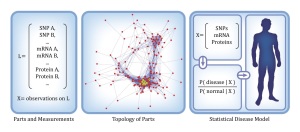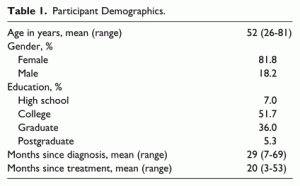Research
COMPUTATIONAL ANATOMY
Computational Anatomy (CA) is emerging as a discipline focused on the quantitative analysis of variability of biological shape. Although the study of biological shapes can be traced to the beginnings of modern science, in his influential treatise “On Growth and Form” in 1917, D’Arcy Thompson had the clearest vision of what lay ahead, in which shapes are modeled as an orbit under groups of mathematical shape transformations. MORE >
 COMPUTATIONAL MOLECULAR MEDICINE
COMPUTATIONAL MOLECULAR MEDICINE
Understanding the function of highly interconnected molecular networks has come to be known as “systems biology.” Diseased cells arise from perturbations in biological networks owing to the net effect of interactions among multiple molecular agents, including inherited and somatic DNA variants; changes in mRNA, microRNA (miRNA), and protein expression; and epigenetic factors, such as DNA methylation. MORE >
 COMPUTATIONAL PHYSIOLOGICAL MEDICINE
COMPUTATIONAL PHYSIOLOGICAL MEDICINE
There is growing recognition that the emergent, integrative behaviors of biological systems are a result of complex interactions between all the components from which these systems are composed and that knowledge of each system component, however detailed, is not sufficient by itself to understand these integrative behaviors. MORE >
 COMPUTATIONAL HEALTHCARE
COMPUTATIONAL HEALTHCARE
The explosion of data such as neuroimages, DNA sequences, electronic medical records, and physiological signals collected from individual and populations of patients raises the prospect of discovering optimal approaches to individualized health care. MORE >


